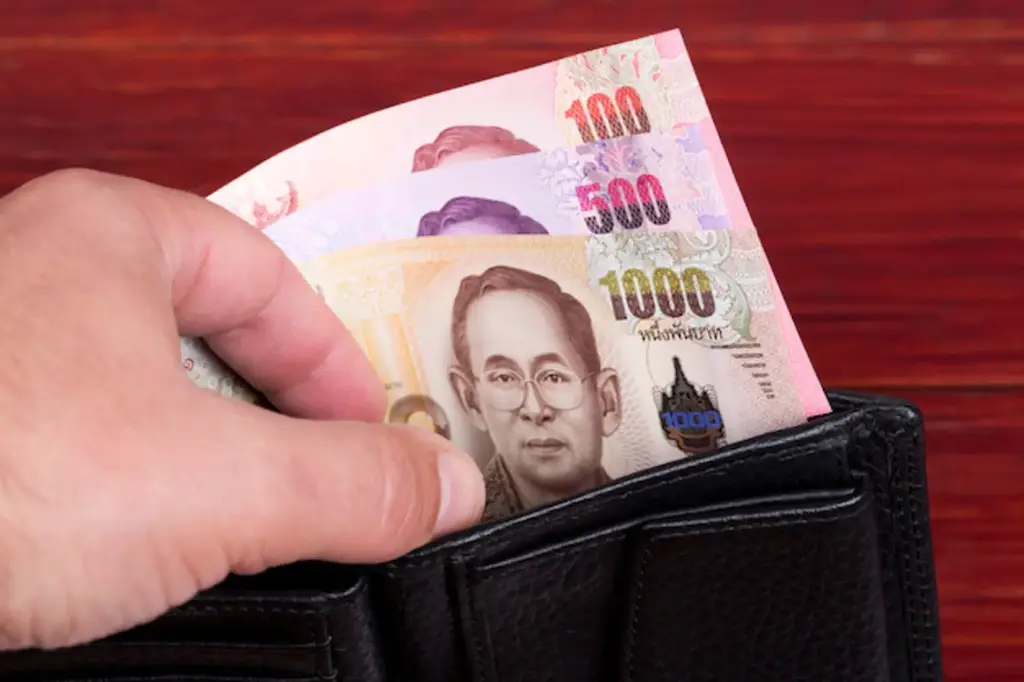Chiang Rai in the Media
A Healthy Watershed Means a Happy Farmer – ChiangRai
CHIANGRAI – Lao Eur, a 46-year-old farmer in Thailand’s northern mountains, remembers a time when the local forests were lush and he had abundant water for the peach trees and tea plants on his two-hectare farm.
“Now there aren’t that many forests (left) and we don’t have enough water in March, April and May,” he tells journalists huddled around him in the beautiful surroundings of Doi Mae Salong in Chiang Rai, Thailand’s northernmost province.
A key reason for the disappearing forests is population growth in the once-pristine upper reaches of the important Mae Chan watershed which flows into the Mekong River.
The watershed, covering a 1,200 sq km area, was once completely clothed in evergreen forest, but is now a patchwork of forests, wetlands, rural towns, villages and farmland.
Ethnic Akha women carry baskets of fresh tea leaves on their backs to sell in Mae Salongnok district, Chiang Rai provinceDemand for land, water and other natural resources has increased with the number of people, leading to the clearing of forests for agriculture and settlements. Deforestation and unsustainable farming practices such as slash-and-burn have brought pollution, soil erosion, landslides, flooding – and, for farmers like Lao Eur, less water.
Doi Mae Salong (in Thai, ‘doi’ means mountain and ‘mae’ means water), home to the town of Mae Salong, has a complex history.
The area is a melting pot of hill tribes including the Akha, Lahu, Lisu and Mian, each with their own colourful outfits and traditions, who used to migrate freely through the porous borders between Thailand, Myanmar and Laos.
The original settlers of the town, also known as Santikiri, are actually from China – the 93rd division of the Chinese Kuomintang Nationalist Party, which fled China in the early 1960s, to be exact. Lao Eur came to Thailand when he was nine with his father, a Kuomintang soldier.
CONSERVATION EFFORTS
The influence of these forefathers from the north remains strong: Chinese lanterns hang outside homes, Chinese restaurants line the streets, oolong tea is a local speciality, and Chinese, together with hill-tribe languages, is more commonly spoken than Thai.
On a cool November afternoon, during a trip organised by the International Union for Conservation of Nature (IUCN) as part of a ‘hydro-diplomacy’ conference, the mountains around Doi Mae Salong look imposing, if slightly bare in places.
There are glimpses of terraced rice fields – a less intensive farming method that reduces soil erosion while boosting yields – a result of cooperation between the IUCN, the Thai army, local communities and partner organisations such as the Highland Research and Development Institute (HRDI).
“There are now 100 rai of land (16 hectares) using the rice terrace system. We’ve also introduced mixed cropping (growing two or more plants simultaneously in the same field) which is better for the soil and the forest,” Tawatchai Rattanasorn, IUCN’s senior programme officer in Thailand, tells AlertNet.
Work is also under way to restore the area’s degraded forests, says Tawatchai, who remembers how bald some of the mountain tops were when the IUCN started operating there in 2007.
Focusing on the importance of ecosystems, the organisation set up three projects – one to improve livelihoods and landscapes, another to reduce poverty, and a regional dialogue to facilitate better governance of water.
NEW GENERATION FARMERS
The programmes train farmers like Lao Eur to stop burning crop residue, which reduces organic matter in the soil and causes air pollution. Instead, they use compost produced by worms from their crop waste and natural fertiliser from farm animals, increasing yields and improving soil quality.
Despite having problems getting enough water for irrigation, Lao Eur says his income has risen in the past few years because he no longer uses expensive chemicals and pesticides which also harm the soil.
“It wasn’t just using chemicals. We didn’t know how to preserve the forest before,” he says, standing next to a learning centre set up to conserve soil and water resources in upland areas. “We destroyed the forest to plant things.”
A few hundred metres down the road, an ethnic Ahka family is hard at work on a small patch of land accessed by a rickety bamboo footbridge.
A long, white plastic awning gives shade to neat rows of around 5,000 strawberry plants on the ground and 20 seedless grape trees a few feet above.
It’s an experimental plot started by a son with the help of the IUCN’s poverty alleviation project. The land was previously used to grow corn, but harvests were poor and the soil became eroded.
The young man hopes fruit cultivation will bring both better yields and income, in an area where average annual earnings are around 30,000 baht ($1,000). “By the second year (after planting), we could get 10,000 baht a year ($330) per grape tree,” he says. – By Thin Lei Win






























